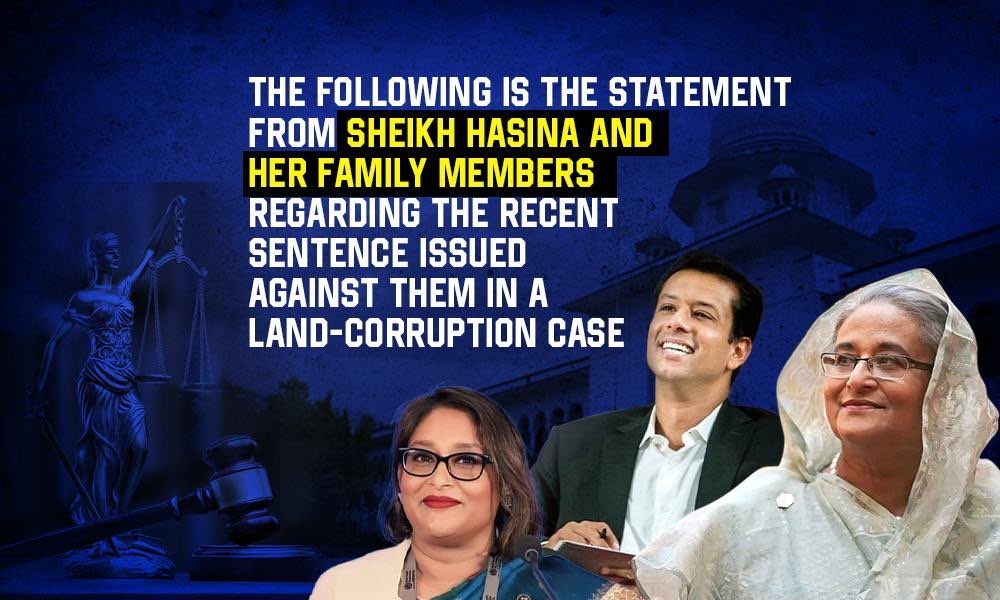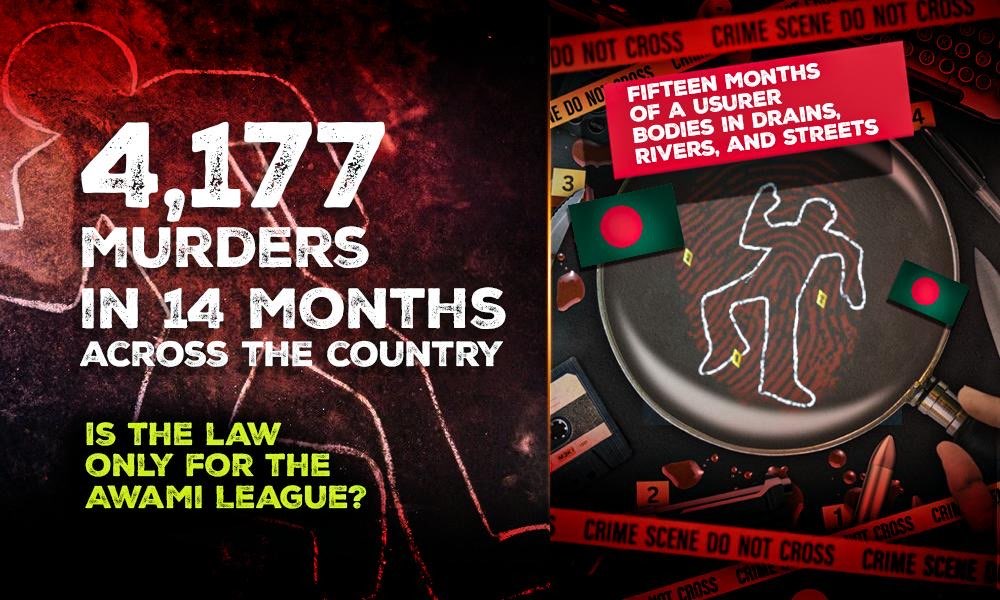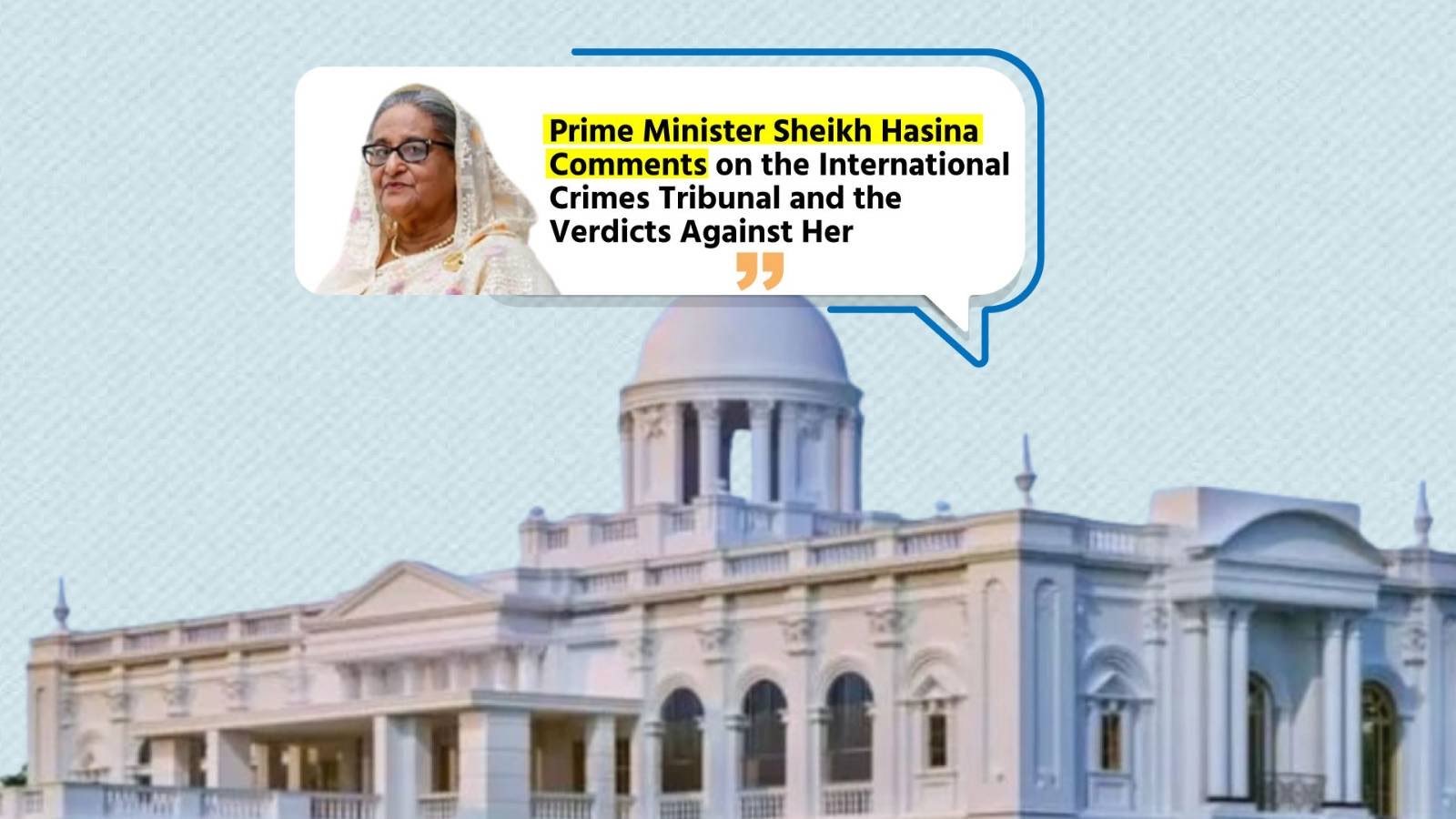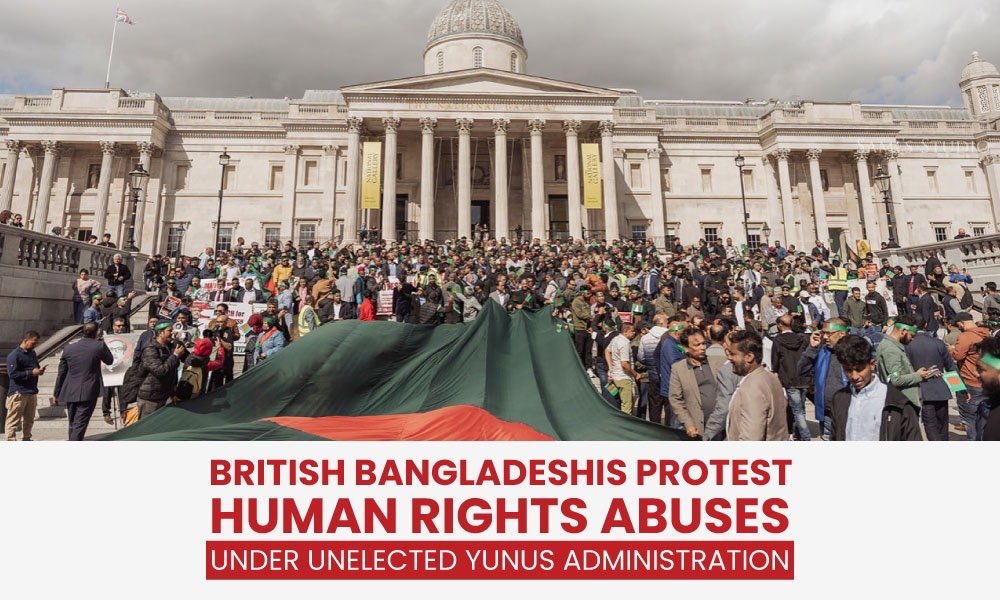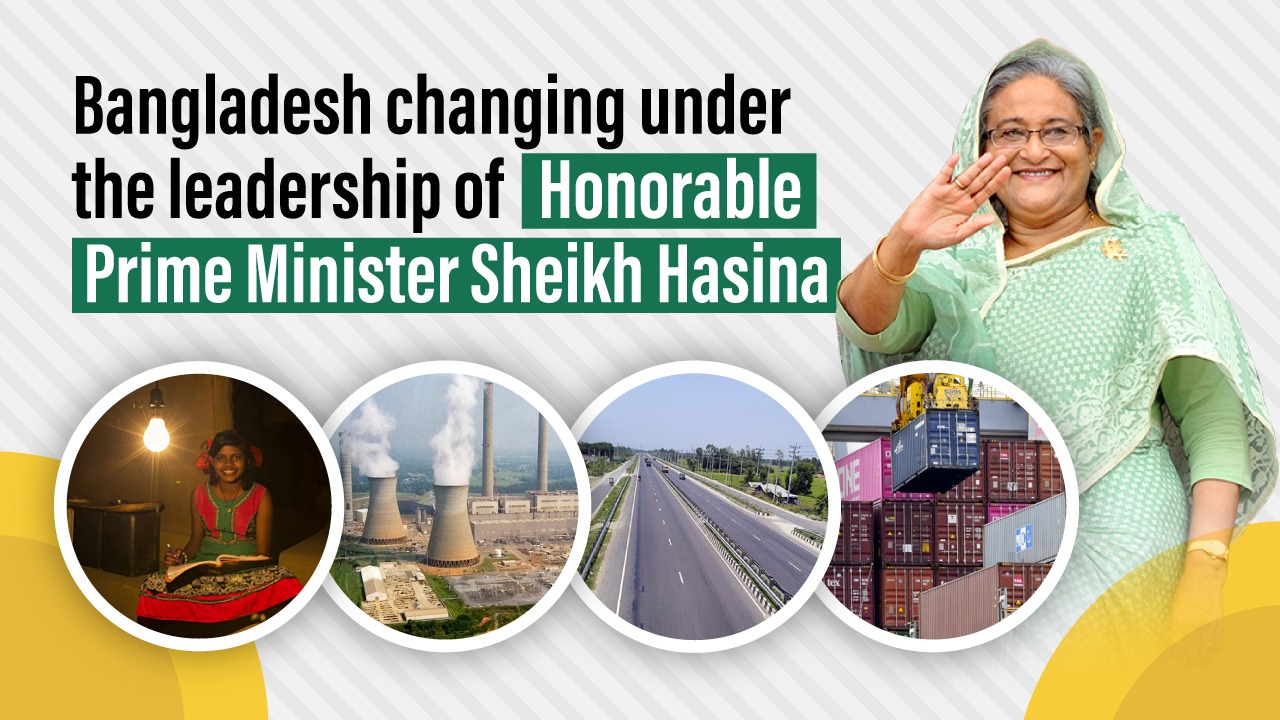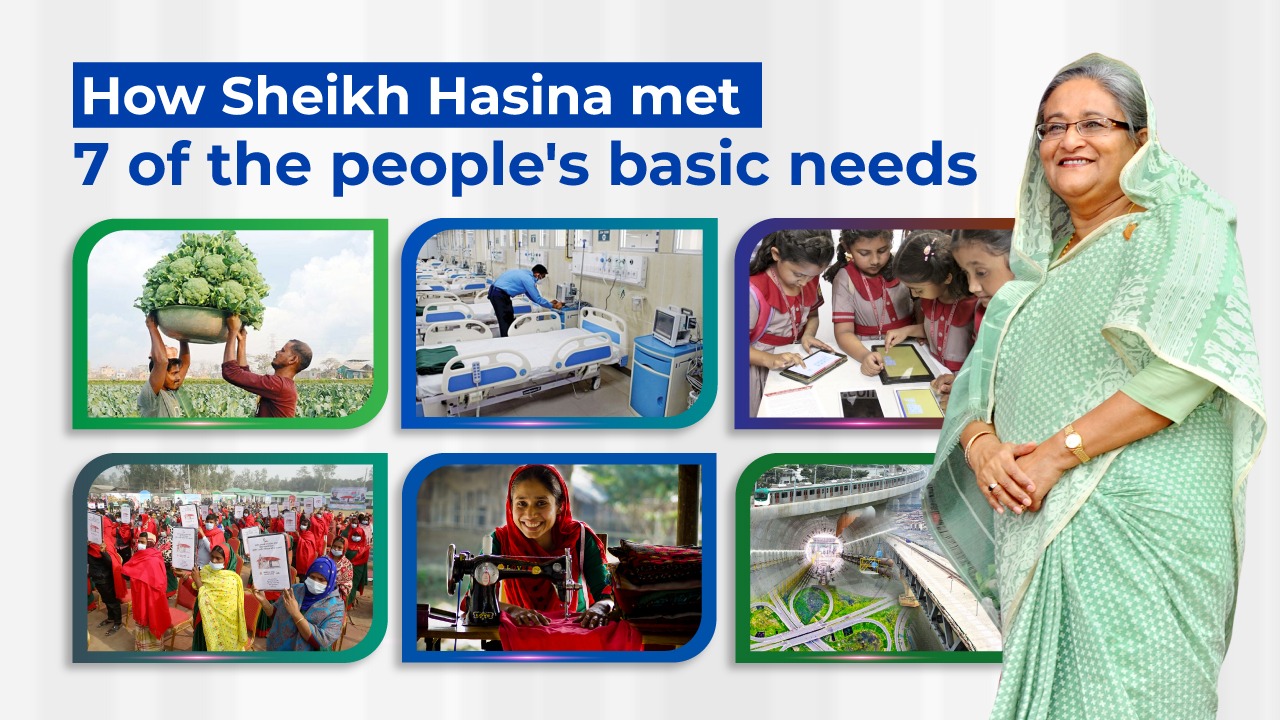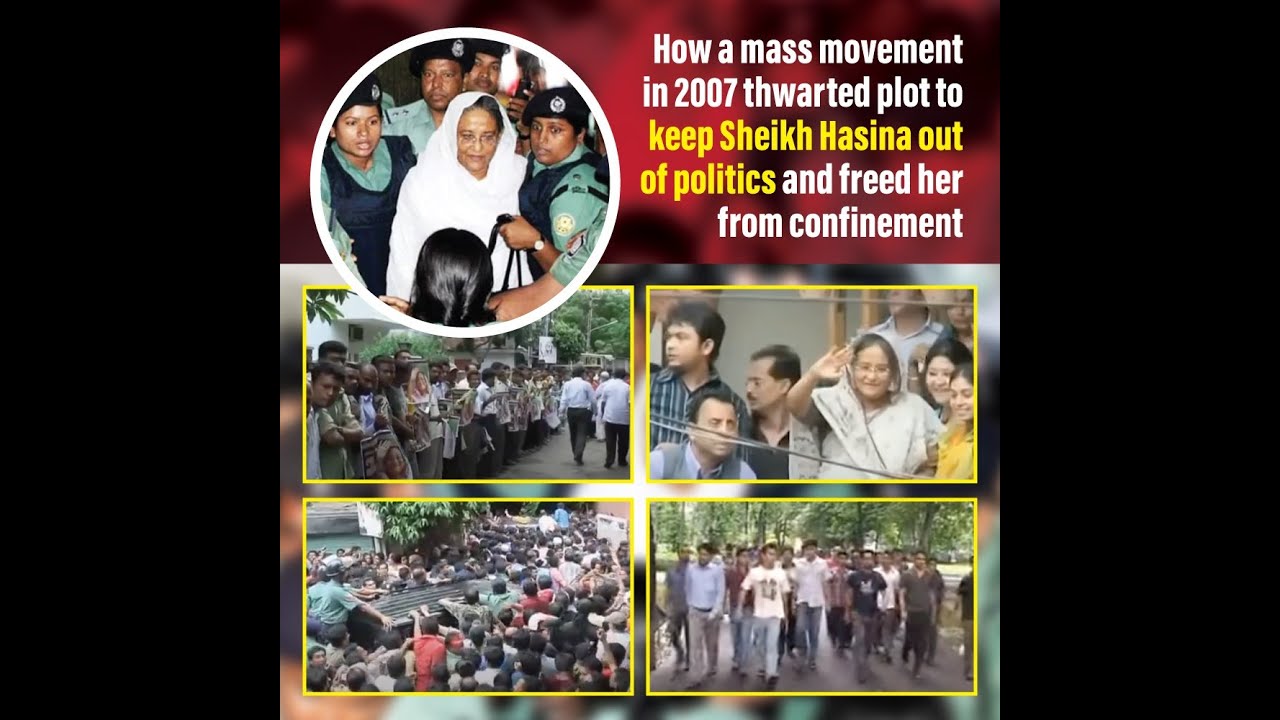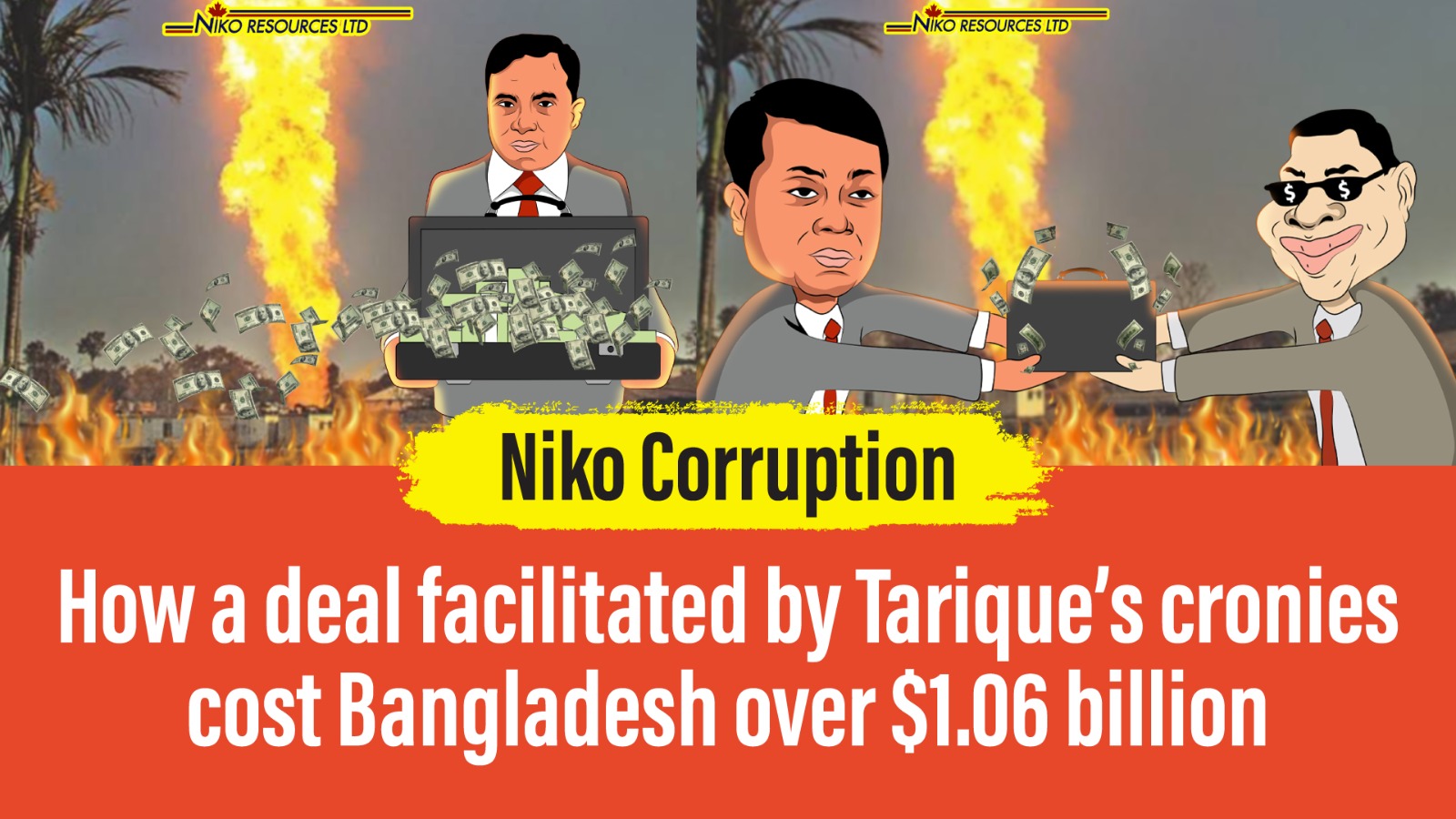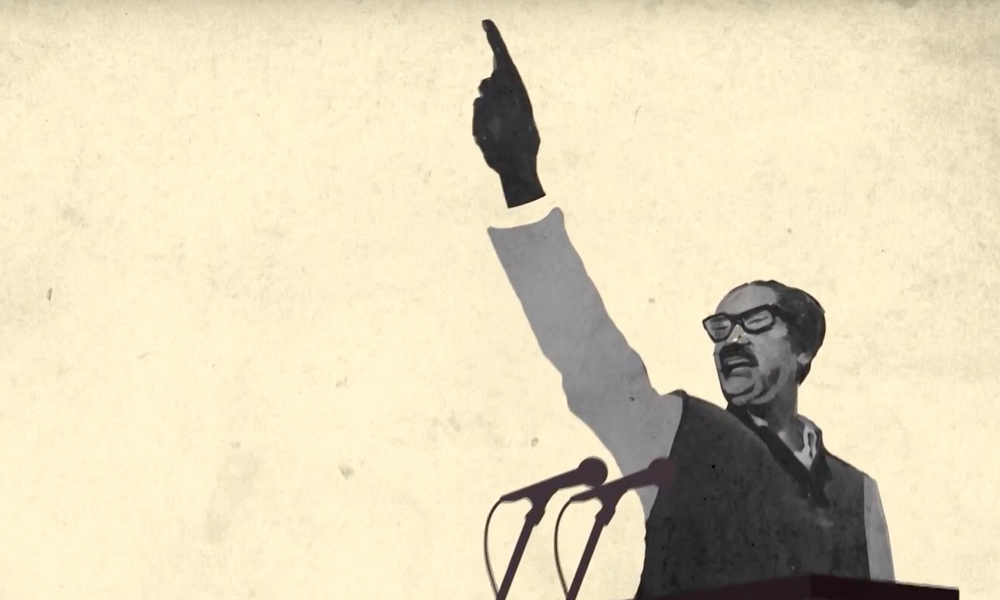4430
Published on July 12, 2025What was once a rising star of South Asia is now spiraling into chaos—and at the heart of this collapse is an unelected regime with no mandate and no accountability. Bangladesh, under the interim government led by Muhammad Yunus and his circle of Western-backed technocrats, has veered dangerously off course. In the name of “stability” and “neutral governance,” this regime has managed to dismantle the very economic foundation that took decades to build.
In just a few short months, the interim authority has transformed a growing economy into a slow-motion disaster. Exports are plummeting. Factories are closing. Poverty is rising. Foreign reserves are vanishing. The lifeblood of Bangladesh's economy—the ready-made garment (RMG) sector—is bleeding out under the weight of U.S. tariffs, diplomatic failures, and rising global costs. Meanwhile, the regime stands paralyzed, more interested in impressing Western policymakers than protecting its own people.
This is not just economic mismanagement—it is economic sabotage cloaked in the language of reform. And as millions slide into poverty and thousands lose their jobs, the so-called “caretaker” government remains silent, absent, and dangerously detached. The dream of inclusive growth has been replaced by a nightmare of collapse, and the people of Bangladesh are being forced to pay the price for a regime they never elected.
Once a Powerhouse Now the RMG Industry Is Spiraling Down
If there’s one thing that kept Bangladesh’s economy running over the years, it’s the ready-made garment (RMG) sector. This industry—responsible for over 85% of our export earnings and employing more than four million people—has been the backbone of our growth. But now, that backbone is breaking. And the blame falls squarely on the shoulders of the interim government.
The RMG sector and the Tariff War
It all started when the United States slapped a crippling 37% reciprocal tariff on Bangladeshi goods in April 2025. Combine that with the existing 15.62% duty, and we’re looking at over 52% total tariffs—a death sentence for our competitive edge in the American market.
While countries like Vietnam quickly negotiated lower tariffs—getting their rate slashed from 46% to 20%—our government was busy holding press briefings, spinning stories, and making empty promises. Chief Adviser and so-called “magic man” Roger Khalil talked big, smiled for cameras, and assured everyone that a deal was close. But when the dust settled, what did we get? Nothing.
In a blunt message, the U.S. made its position painfully clear:
“Our relationship has been, unfortunately, far from reciprocal... Starting August 1, 2025, we will charge Bangladesh a 35% tariff on all products, separate from all sectoral tariffs.”
They didn’t stop there. The statement added that if Bangladeshi goods are routed through third countries to avoid the tariff, those goods will still be taxed—a clear sign they’re closing all loopholes. Then came the final blow:
“There will be no tariff if Bangladeshi companies move their factories to the U.S. instead.”
Let that sink in. After months of so-called “negotiations,” this is what we were offered: shut down your factories at home and build them in America.
US tariffs: What Trump said in his letter to Bangladesh's Yunus
All the big talks and all the bold statements from our interim leadership led to one thing: a big fat zero. No tariff cut. No protection for our industries. No strategy. Just empty words and a worsening crisis.
Meanwhile, the RMG sector is bleeding. Orders are down. Prices are falling. The average unit price for garments exported to the U.S. dropped 2.2% in January 2025, and prices in the EU sank even further. Smaller factories are being crushed under rising production costs and shrinking profit margins. Layoffs are accelerating. Thousands of workers—mostly women—are losing their jobs, and poverty is rising.
This isn't just a policy failure. It’s a collapse of leadership, competence, and common sense.
And the people who built this economy are the ones now being left behind.
The Dollar Is Drying Up and the Crisis Is Spreading
While the RMG sector—the country’s lifeline—is bleeding out, another storm is quietly devastating the economy: the foreign exchange crisis. Bangladesh is running out of dollars, and the interim government is running out of excuses.
The collapse of exports to the United States—our single biggest export destination—has hit hard. With orders dwindling and tariffs soaring past 50%, our dollar inflows have dried up. Foreign buyers are pulling back. Factories are slowing down. And fewer exports mean fewer dollars flowing into our reserves.
USD turns costlier in Bangladesh
At a time when we should be defending every inch of our export economy, the interim administration is floundering. No serious effort to diversify markets. No emergency strategy to stabilize the currency. Instead, we’ve seen band-aid policies, like delaying import payments, rationing dollars, and restricting LC openings—measures that only choke the economy further.
And here’s where it gets worse: with the dollar supply falling, the exchange rate is spiraling. The official rate is divorced from reality, and the kerb market is on fire. Importers can’t get dollars to bring in essential goods. Banks are panicking. Businesses are paralysed.
This isn’t just a crisis of currency—it’s a crisis of confidence. Foreign investors are watching the chaos and pulling out. Multinationals are repatriating profits at steep losses or holding back altogether. Remittances, one of our few remaining sources of foreign currency, are being routed through unofficial channels again—a direct consequence of the widening gap between official and unofficial exchange rates.
And what has the interim government done?
They sent officials on glorified shopping trips to Washington, made lofty promises of “reciprocal agreements,” and even flirted with offering zero-duty access to U.S. goods—as if surrendering our markets would magically bring the dollars back. But once again, there was no deal. No relief. Only humiliation.
The result? Foreign exchange reserves have plunged to multi-year lows. The central bank has been forced to dip into emergency buffers just to keep the lights on. Essential imports—fuel, medicine, food—are now facing delays or shortages. The impact is being felt everywhere: from the ports to the petrol pumps, from hospital shelves to kitchen tables.
Banks Face Catastrophic Year amid liquidity crisis
Bangladesh is not just in a dollar drought—it’s in a full-blown liquidity crisis, worsened by an unelected, unaccountable interim regime that talks reform but delivers ruin.
The foreign exchange situation is not a side effect.
It is the direct consequence of failed economic diplomacy, reckless policy decisions, and a dangerous lack of urgency.
No Jobs, No Relief, No Plan
The foreign exchange crisis is just the tip of the iceberg. Beneath it lies a much deeper rot that’s now seeping through every corner of the economy. Poverty is rising. Unemployment is exploding. Key economic indicators are flashing red—and the interim government is still fumbling in the dark.
With dollars drying up and exports plummeting, the fallout is cascading across industries. Thousands of RMG workers—mostly women—are being laid off as smaller factories collapse under the weight of shrinking orders, rising costs, and an impossible tariff burden. The once-thriving sector that employed over four million is now a graveyard of shuttered workshops and anxious families. And it’s not just garments. Other sectors—like leather, home textiles, pharmaceuticals, and seafood—are all bleeding from the same wound: export suffocation.
Joblessness is spreading fast, and with it, the ranks of the poor are swelling. According to the World Bank's latest “Macro Poverty Outlook,” Bangladesh’s GDP growth is projected to nosedive to just 3.3% in FY 2024–25—the lowest since Covid. This isn't just a number; it’s a warning bell. A slowdown of this scale will push an estimated three million people into extreme poverty, raising the poverty rate from 7.7% to 9.3%. That’s three million lives stripped of dignity, income, and basic survival—not by natural disaster or global recession, but by sheer policy failure.
Bangladesh’s FY25 growth forecast to 3.3%
Behind the headlines, ordinary Bangladeshis are hurting. Prices are up. Wages are stagnant. Electricity and gas bills are climbing while production slows. Small businesses are folding. Bank loan defaults are rising. Youth unemployment is becoming a ticking time bomb. And all this is happening as the government throws its hands up, claiming it’s “still negotiating.”
We were promised competent governance. Instead, we got economic vandalism—with a ruling setup more interested in showmanship than solutions. While the Chief Adviser and his allies were busy chasing headlines and handshakes, our core economic engines were sputtering and then failing.
And perhaps the most galling part? The government still doesn’t seem to have a plan. No meaningful stimulus. No emergency poverty aid. No industrial rescue packages. Social safety net programs—already riddled with corruption and inefficiency—remain underfunded and poorly targeted. Over 120 schemes absorb 17% of the national budget, but no one can say if they’re actually helping the people who need it most. Evaluation? Transparency? Accountability? Nowhere to be found.
This is not just a downturn. It’s a man-made disaster—engineered by a government that neither understands the scale of the crisis nor has the legitimacy to solve it. The boom years are behind us. And under interim misrule, Bangladesh has been shoved into bust.
A Regime of Ruin
While millions of Bangladeshis struggle to find work or feed their families, the so-called interim government continues to operate in a delusion—governed not by elected representatives who understand the pulse of the people, but by technocrats whose credentials may look impressive on paper but who have failed miserably in practice. These are not policymakers rooted in the realities of rural markets, broken supply chains, or struggling small businesses. They’re insulated experts, more familiar with air-conditioned boardrooms and PowerPoint briefings than with what it takes to keep an economy running in a time of crisis.
And as the economy buckles, so do the very safety nets that were supposed to catch the most vulnerable. Bangladesh already had over a hundred social safety net programs—but under the interim regime, they’ve become a maze of inefficiency, corruption, and elite capture. There is no proper monitoring, no serious evaluation, and no attempt to plug the gaping holes. Millions are falling through, and the government has shown zero urgency to fix it. Food insecurity is growing. Urban and rural poor alike are bearing the brunt, while the privileged few continue to coast on foreign degrees and diplomatic jargon.
To distract from the collapse, the interim authorities have wrapped themselves in the illusion of “order.” Arrests, curfews, media censorship—these are mistaken for stability. But anyone paying attention can see the truth: this isn’t order, it’s decay in slow motion. Roads are quieter not because life has improved, but because businesses have shut down. Factories aren’t humming—they’re silent. Banks aren’t issuing loans—they’re absorbing defaults.
The interim rulers parade around with inflated egos, yet have no answer for the economic storm their governance has helped unleash. There is no real plan—only optics. No economic vision—only press conferences. No recovery—only repression.
And the people? They're not fooled. They’re angry. They’re exhausted. And they’re running out of time.
From Think Tanks to Tanking Economy: When Theories Replace Action
While millions of Bangladeshis struggle to find work or feed their families, the so-called interim government continues to operate in a delusion, governed not by elected representatives who understand the pulse of the people, but by technocrats whose credentials may look impressive on paper but who have failed miserably in practice. These are not policymakers rooted in the realities of rural markets, broken supply chains, or struggling small businesses. They’re insulated experts, more familiar with air-conditioned boardrooms and PowerPoint briefings than with what it takes to keep an economy running in a time of crisis.
And as the economy buckles, so do the very safety nets that were supposed to catch the most vulnerable. Bangladesh already had over a hundred social safety net programs, but under the interim regime, they’ve become a maze of inefficiency, corruption, and elite capture. There is no proper monitoring, no serious evaluation, and no attempt to plug the gaping holes. Millions are falling through, and the government has shown zero urgency to fix it. Food insecurity is growing. Urban and rural poor alike are bearing the brunt, while the privileged few continue to coast on foreign degrees and diplomatic jargon.
To distract from the collapse, the interim authorities have wrapped themselves in the illusion of “order.” Arrests, curfews, media censorship—these are mistaken for stability. But anyone paying attention can see the truth: this isn’t order, it’s decay in slow motion. Roads are quieter, not because life has improved, but because businesses have shut down. Factories aren’t humming—they’re silent. Banks aren’t issuing loans—they’re absorbing defaults.
The interim rulers parade around with inflated egos, yet have no answer for the economic storm their governance has helped unleash. There is no real plan—only optics. No economic vision—only press conferences. No recovery—only repression.
From Boom to Bust
The interim government did not inherit a broken economy—it inherited a growing one. Before it seized power under the pretense of neutrality and reform, Bangladesh was on a fragile but clear upward trajectory. Exports were rising, remittances were stable, and despite internal challenges, the economic engine was moving forward. But in just a matter of months, that progress has been shattered.
Through a toxic mix of incompetence, arrogance, and detachment from the people’s realities, this unelected regime has driven Bangladesh into its worst economic crisis in decades. Inflation is out of control. Youth unemployment is soaring. Exports are plummeting. Foreign investment is fleeing. And the average Bangladeshi is paying the price for a crisis they didn’t cause—but one they are being forced to survive.
This is not misfortune. This is failure by design.
What Bangladesh needs now is not more PR from technocrats or hollow speeches from unaccountable advisors. What it needs is the restoration of democracy, the return of political accountability, and a clear path to economic stabilization rooted in the will of the people.
Until power is returned to those who are answerable to the citizens—and not to foreign embassies or corporate interests—there will be no recovery, only further ruin.
The interim regime had one job: to steer the country safely through transition. Instead, it wrecked the ship. And the people of Bangladesh are left drowning in the consequences.
